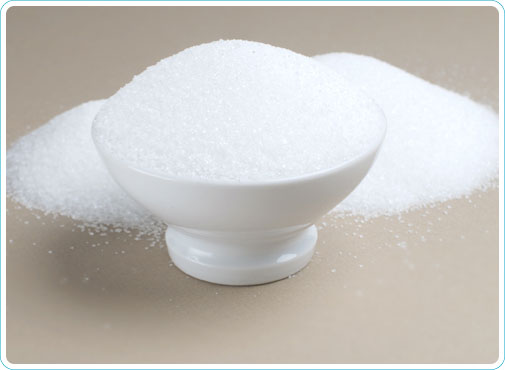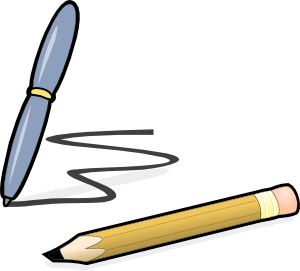El presente simple, también llamado del indicativo, es el tiempo verbal más simple del inglés. Se suele utilizar para hablar sobre hechos que constituyen hábitos o costumbres.
Se forma con la forma base del verbo del infinitivo. Este infinitivo consta de dos partículas: to y la forma base del verbo, así, por ejemplo, to eat es un infinitivo que significacomer.
Conozcamos en la siguiente tabla el presente del indicativo:
Conjugación | Inglés | Español |
1ª per. singular | I work | yo trabajo |
2ª per. singular | you work | tú trabajas |
3ª per. singular | he works
she works
It works | él trabaja
ella trabaja
(para objetos) |
1ª per. plural | we work | nosotros/as trabajmos |
2ª per. plural | you work | vosotros/as trabajais |
3ª per. plural | they work | ellos/as trabajan |
La única dificultad escriba, como de costumbre, en la 3ª persona del singular; de hecho, esta 3ª persona es especial a la hora de conjugar verbos. Como regla general se añade s, aunque veremos que existen algunas excepciones.
Usos del presente simple
Este tiempo verbal se utiliza para expresar hechos o verdades generales.
The Sun warms the atmosphere. -> El Sol calienta la armósfera.
También usamos el presente simple para hablar de hábitos; en este caso, en la oración suele aparecer expresiones de frecuencia, como usually o always.
We play tennis usually. -> Nosotros jugamos al tenis ocasionalmente.
You study always. -> Vosotros estudiais siempre.
Tambien lo usamos para expresar horarior o programas (como el programa de un espectáculo teatral).
The train leaves in an hour. -> El tren llega en una hora.
Reglas ortográficas para la 3ª persona del singular
Como regla general, a la forma verbal de la 3ª persona del singular se le añade s; no obstante,existen unas cuantas reglas para una serie de formas verbales que son especiales:
1.- Cuando el verbo acaba ya en s, o en un sonido parecido como sh, ch o x:
watch -> watches (mirar) dash -> dashes (arrojar)
2.- Cuando el verbo acaba en o, también se añade es:
go -> goes (ir) do -> does (hacer)
3.- Cuando el verbo acaba en y, y a ésta le precede una consonante, tenemos que cambiar lay por i, para a continuación añadir es:
fly -> flies (volar) study -> studies (estudiar)

 SOME
SOME
 =NO CONTABLES
=NO CONTABLES
 = CONTABLES
= CONTABLES











